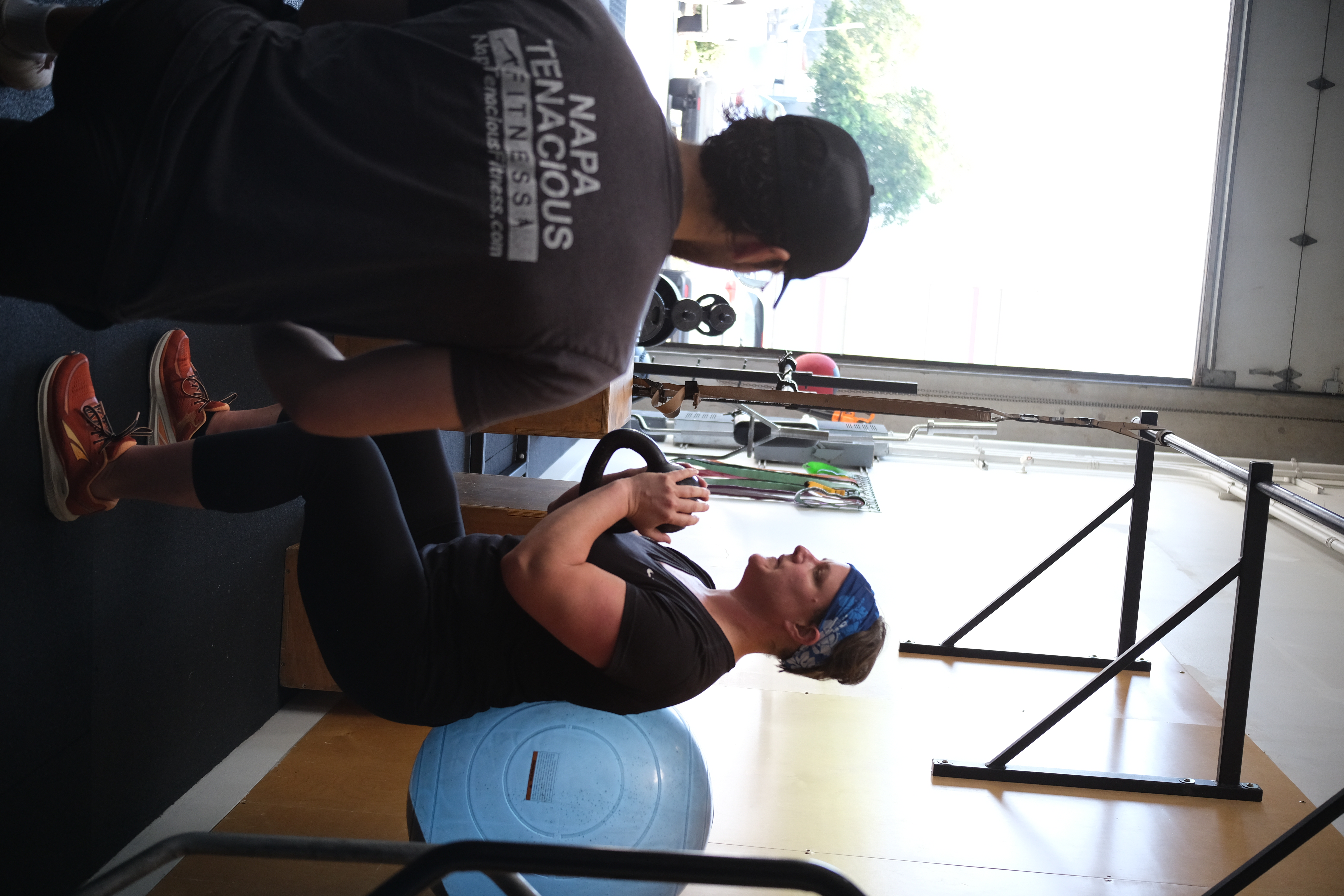“Once we get over the age of thirty, we’re pretty much diagnosed with arthritis.” These were the words of a physical therapist who mentored me during one of my many internship experiences. Arthritis appears in a multitude of presentations based on an individual’s history of injury, adherence to exercise and physical activity, or through a degenerative connective tissue auto-immune disease.
Arthritis is commonly recognized as inflammation of the joints, “bone-on-bone” contact, or nagging, debilitating pain in large joint areas including the neck, shoulders, back, spine, hips, and knees. While arthritis does indeed appear more often after thirty years of age, the inflammatory factors present in our joints after a life of being active participating in sports or enduring physically demanding careers don’t slow down as the years progress forward. However, the future doesn’t need to be a grim forecast of joint pain and discomfort. Corrective exercise and skillful physical activity decision-making play a critical role in preserving joints and mitigating the severity arthritis can impact on our lives.
Joint inflammation commonly occurs in individuals who have had prolonged athletic careers in running marathons, playing collegiate basketball, football, or tennis, or years of recreational sports such as racquetball or pickleball. The spine, shoulder, elbow, finger, hip, knee, and toe joints are common areas that encounter stresses of a career worth of professions spanning from the spine enduring framing houses and pouring concrete, to the neck bending while looking down at a cutting board and chopping vegetables for forty hours a week over the span of thirty years. Our body’s joints take a beating throughout each decade of life.
Fortunately, we’re equipped with a defensive mechanism designed to help us live happy, healthy, and productive lives after enduring the physical stress imposed on the joints from our athletic or professional careers. Enter the world of skillfully designed injury prevention and corrective exercise.
Ligaments connect bones to other bones, tendons connect muscles to bones, and muscles are the motors that move the bones. Optimally conditioned muscles move bones efficiently. Structurally sound tendons act as strong anchors to move bones from various angles. Unfortunately, our ligaments aren’t as vascular as muscles and tendons, so they are far more fragile and repair as easily. Ligaments have a challenging time healing if injured. Therefore, if a ligament is damaged, the likelihood of two bones rubbing on each is increased. However, if muscles and tendons are reinforced through skillful exercise selection, ligaments won’t have to take on as much load and the likelihood of bones compressing suboptimally can decrease.
We teach our personal training clients to choose safe exercises. The last thing we want to do in an exercise session is worsen the pain experienced through arthritis and degenerative joint diseases. When looking for exercise tactics or joining group exercise classes, ensure that the protocol involved with the layout resonates with your vision to strengthen your joints and reinforces confidence in the tactics that produce a positive outcome after a bout of exercise.
Controlling the amount of compressive forces in exercise selection is a useful method to impose just enough positive exercise-induced stress throughout a bout of exercise. If three sets of fifteen repetitions performing a lunge exercise don’t seem like the right fit for an arthritic knee joint, perhaps looking for an alternative is a safer bet. As a solution to increased repetitions, focus on fewer repetitions, but with slower movements and less weight. Additionally, instead of performing a lunging exercise, a useful replacement might include performing a squatting movement with an exercise ball placed behind the back to take load off the knees.
Corrective exercise and injury prevention-themed movements are critical toward one of the most important aspects of managing arthritic: not making joints feel worse. It’s helpful to appreciate exercises that could worsen a joint affected by arthritis before venturing into a bout of exercise. However, we can’t just leave an arthritic joint untreated, it’ll only become a more advanced form of joint pain and take away from the joys of life. As a solution to managing arthritis, skillfully and methodically choose exercises that not only support the strengthening of the joints but are also centered around injury prevention.
Sean McCawley, the founder and owner of Napa Tenacious Fitness in Napa, CA, welcomes questions and comments. Reach him at 707-287-2727, napatenacious@gmail.com, or visit the website napatenaciousfitness.com.

